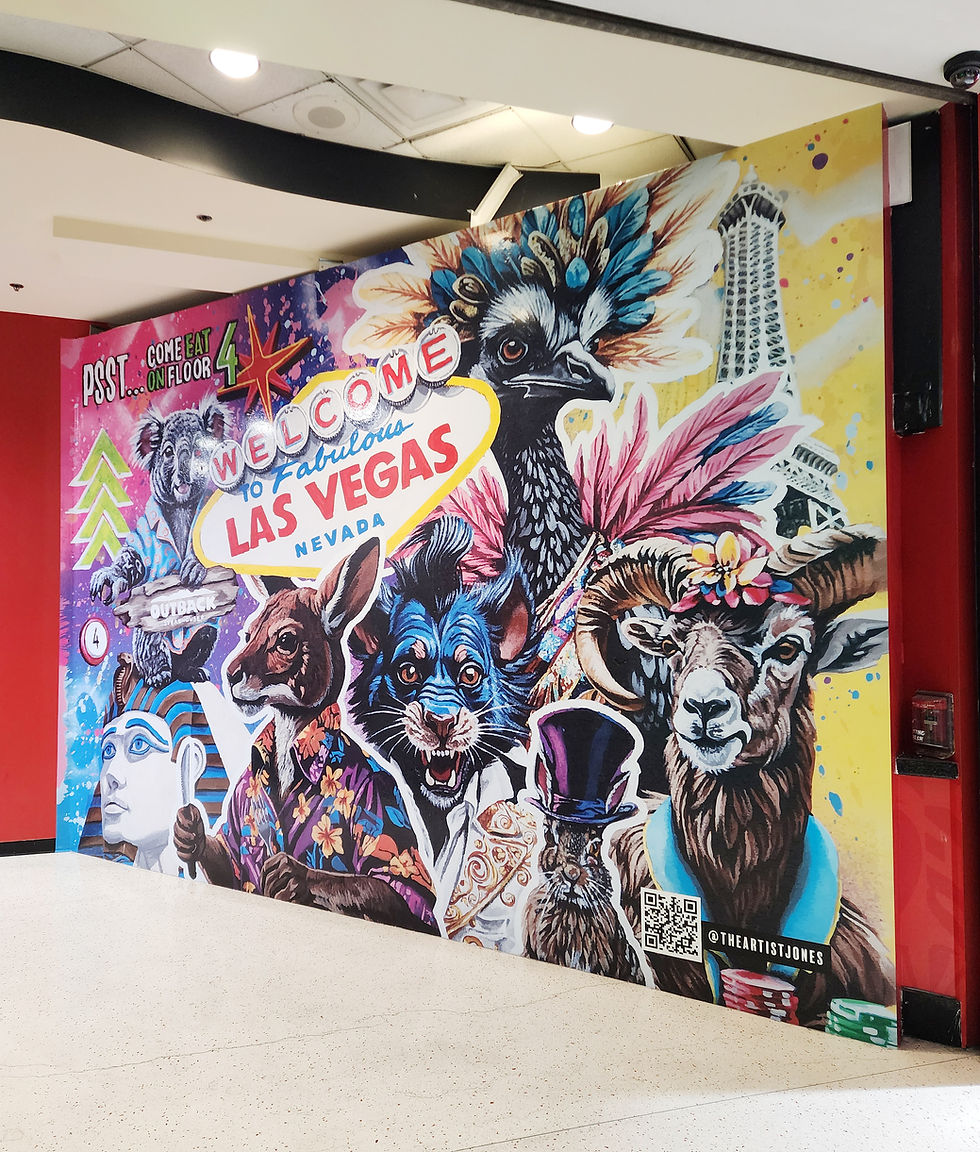
Engaging Art Lessons for All Levels
- Artist Jones
- Sep 29
- 4 min read
Art is a wonderful way to express creativity, relieve stress, and develop new skills. Whether you are picking up a paintbrush for the first time or looking to refine your techniques, engaging art lessons can provide a structured and enjoyable path to artistic growth. This post explores how art classes for beginners can be designed to inspire and educate learners of all ages and skill levels.
Why Art Classes for Beginners Are Essential
Starting with the basics is crucial for building confidence and competence in any new skill, and art is no exception. Art classes for beginners focus on foundational techniques such as color theory, brush handling, and composition. These lessons help students understand the core principles that underpin all forms of visual art.
For example, a beginner class might start with simple exercises like mixing primary colors to create secondary colors or practicing different brush strokes on paper. These activities build muscle memory and an understanding of how materials behave.
Additionally, beginner classes often encourage experimentation. This freedom allows students to discover their preferred mediums, whether it be watercolor, acrylics, charcoal, or pastels. By providing a safe space to try and fail, these classes foster creativity and reduce the fear of making mistakes.
Key Elements of Effective Art Classes for Beginners
To keep beginners engaged and motivated, art classes should be well-structured yet flexible. Here are some essential elements that make art lessons effective:
Clear Objectives: Each lesson should have a specific goal, such as mastering shading or understanding perspective.
Step-by-Step Instructions: Breaking down complex techniques into manageable steps helps learners follow along without feeling overwhelmed.
Hands-On Practice: Practical exercises reinforce theoretical knowledge and build skills.
Constructive Feedback: Positive and specific feedback encourages improvement and boosts confidence.
Inspiration and Examples: Showing works by famous artists or peers can motivate students and provide creative ideas.
For instance, a lesson on perspective might begin with drawing simple cubes from different angles before moving on to more complex scenes like cityscapes. This gradual increase in difficulty helps learners build competence steadily.
Exploring Different Mediums and Techniques
One of the joys of art is the variety of mediums and techniques available. Beginners benefit from exposure to multiple forms to find what resonates with them. Here are some popular options:
Watercolor: Known for its transparency and fluidity, watercolor is excellent for learning about color blending and layering.
Acrylics: These fast-drying paints are versatile and forgiving, making them ideal for beginners.
Charcoal and Graphite: Great for sketching and shading, these tools teach control and value contrast.
Collage: Combining different materials encourages creativity and mixed-media exploration.
Incorporating diverse mediums into lessons keeps classes fresh and exciting. For example, a session might start with a charcoal sketch and then add acrylic paint layers, allowing students to experience texture and depth.
How to Make Art Lessons Engaging for All Skill Levels
Engagement is key to successful learning. Here are practical tips to make art lessons captivating for beginners and more advanced students alike:
Personalize Projects: Tailor assignments to individual interests, such as landscapes, portraits, or abstract art.
Use Real-Life References: Drawing from nature or everyday objects enhances observation skills.
Incorporate Storytelling: Encourage students to tell stories through their artwork, adding emotional depth.
Group Activities: Collaborative projects foster community and shared learning.
Celebrate Progress: Displaying student work and acknowledging milestones boosts morale.
For example, a class might include a group mural project where each participant contributes a section, combining individual creativity into a collective masterpiece. This approach builds teamwork and pride in accomplishment.
If you are looking for creative art lessons that inspire and challenge, consider exploring programs that emphasize these engaging strategies.
Tips for Setting Up Your Own Art Practice at Home
Taking art lessons is just the beginning. Developing a personal art practice at home helps reinforce skills and nurtures creativity. Here are some actionable recommendations:
Create a Dedicated Space: Set up a well-lit, organized area with all necessary supplies within reach.
Establish a Routine: Regular practice, even for 15-30 minutes daily, leads to steady improvement.
Keep a Sketchbook: Use it for quick studies, ideas, and experimentation without pressure.
Seek Inspiration: Visit galleries, watch tutorials, and read about artists to stay motivated.
Join Online Communities: Sharing work and receiving feedback can enhance learning and connection.
Starting small is perfectly fine. For example, begin with simple daily sketches or color studies, gradually increasing complexity as confidence grows.
Continuing Your Artistic Journey
Art is a lifelong journey of discovery and expression. As skills develop, consider exploring advanced techniques such as:
Figure Drawing: Understanding human anatomy and movement.
Mixed Media: Combining various materials for unique effects.
Digital Art: Using software to create and manipulate images.
Art History: Studying different styles and periods to inform your work.
Joining workshops, attending exhibitions, and collaborating with other artists can also enrich your experience. Remember, the key is to keep experimenting and enjoying the process.
Engaging art lessons provide a solid foundation and ongoing inspiration for artists at every level. Whether you are just starting or looking to deepen your practice, embracing creativity through structured learning and personal exploration will open new doors to artistic fulfillment.







Comments